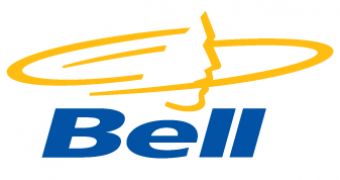Canadian wireless carrier Bell has announced recently that it plans on performing HSPA upgrades to its network as soon as next month. According to the company, the new upgrades mark the latest evolution of the GSM/HSPA mobile standard, and should enable peak download speeds of around 21Mbps. At the same time, the carrier also notes that the underlying architecture of its network is the one that should deliver the greatest benefits.
“Bell announced in October 2008 that we would launch our next-generation network before the Winter Games in February 2010, and I am proud to say our team has over-delivered,” said George Cope, president and CEO of Bell Canada. “Together with our existing EVDO 3G network - already Canada's largest - HSPA will allow Bell to offer Canadians the best of all wireless worlds: the international reach of HSPA supporting full global roaming, the superior North American coverage offered by EVDO and the unique mobile products produced for each network technology.”
The announcement shows that Bell is set to start the rollouts a few months before the original schedule. According to the mobile phone operator, the HSPA infrastructure used for the deployment of its network comes from Nokia Siemens Networks and Huawei Technologies, leading vendors in the area. Moreover, the carrier also announced a recently signed partnership with AT&T for North American roaming coverage.
“Bell is maximizing our HSPA network advantage by building out the vast majority of our next-generation network with high-speed fibre - enough fibre to wrap halfway around the globe in fact - and an all-IP (Internet Protocol) architecture for enhanced reliability,” said Stephen Howe, Bell Mobility's chief technology officer.
The existing agreement between Bell and Telus enables the former to reduce both costs and time to market when it comes to the rollout of the new network. The agreement between the two dates since 2001, was aimed at ensuring fast delivery of national mobile data services, and supported the previous release of 1X and EVDO high-speed national networks.

 14 DAY TRIAL //
14 DAY TRIAL //